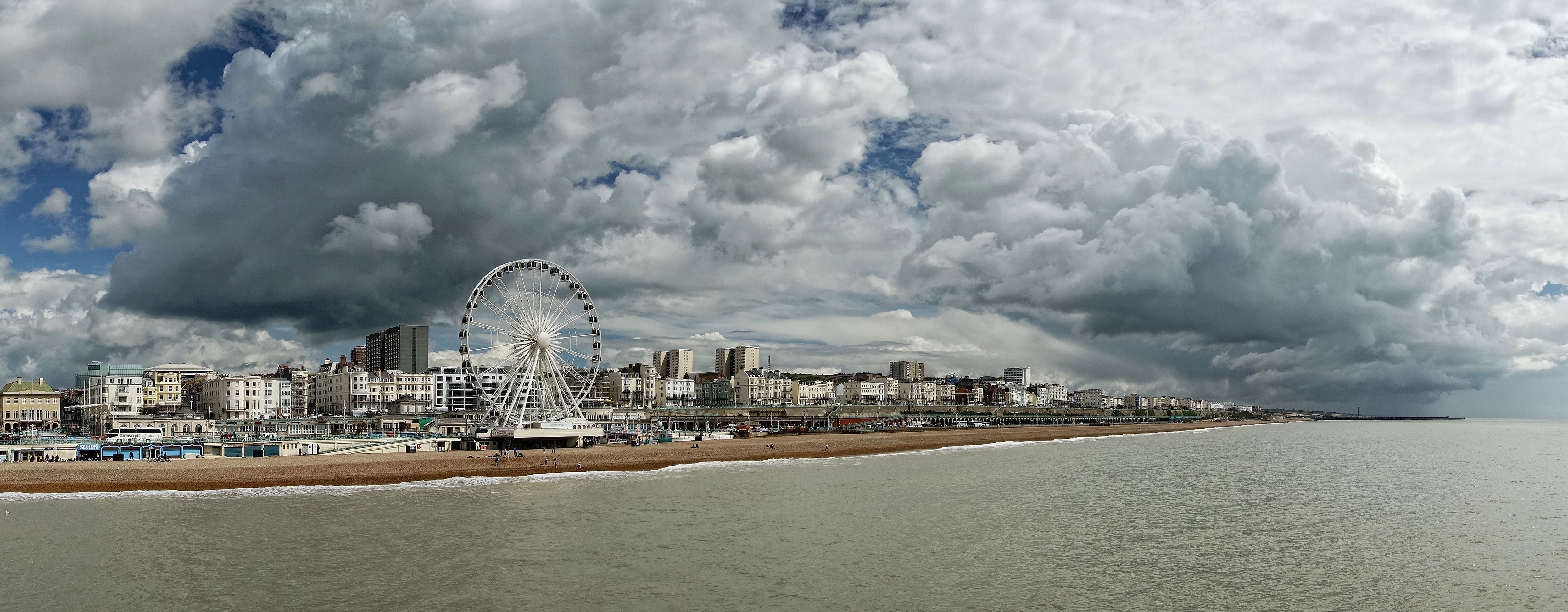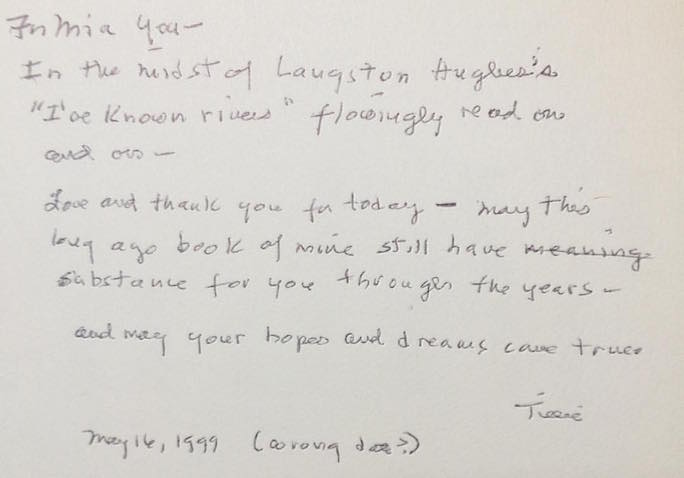SONNET FOR SILVIA FEDERICI
HOW DO WE COLLECTIVIZE REPRODUCTIVE LABOR?
IS THE FAMILY ENOUGH FOR YOU?
IS THE COUPLE ENOUGH FOR YOU?
WHAT WILL YOU DO WHEN YOU ARE OLD OR INFIRM?
WHAT STANDS BETWEEN YOU AND THE COMMUNE?
WHAT WOULD YOU HAVE IF YOU HAD WHAT YOU NEEDED?
WHAT IS OURS?
HOW TO GET IT?



